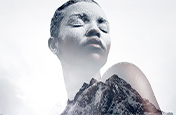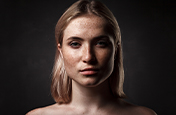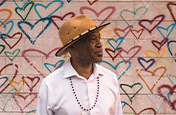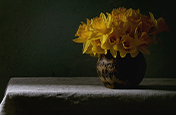Create contrast with silhouette portrait photography.
More than just blank space, it takes work in both planning and post-production to photograph silhouetted subjects.

What is silhouette photography?
A silhouette is a solid, dark image of a subject against a brighter background. Silhouette pictures usually show the subject in profile. The first silhouettes originated in 1850s France as a cheaper alternative to having a portrait painted. These silhouettes were paintings, sketches and paper cutouts. Silhouettes are still with us, but today they’re more likely to be made with cameras than with heavy paper.
Silhouette photography shows the dark outlines of subjects in front of contrasting, bright scenes such as sunsets or studio backdrops. Silhouette images are unlike other forms of photography because they showcase dramatic contrast. Often it’s a photographer’s job to correct for differences in lighting or to try to make shadows more uniform. With silhouette photography, though, you aim to make shadows as deep and dark as possible.
Types of silhouettes.
When you set up a silhouette shot, first decide what shapes and angles you want to emphasise within the photo. “Is the silhouette of their dress interesting or is it their face?” says photographer Dawndra Budd. “It’s kind of like black-and-white photography when you’re thinking in terms of shapes.”
After you’ve decided what shape you want to capture, think about the type of silhouette photo you want to take. Broadly speaking, there are two types of silhouettes, a perfect and a partial.
Perfect silhouettes.
A perfect silhouette is what most people think of when they think of silhouettes. The subject is completely dark, with a bright source of light behind them, as if the subject is in front of the sun. This type of silhouette relies on the subject’s recognisable shape and a clear, well-lit background.
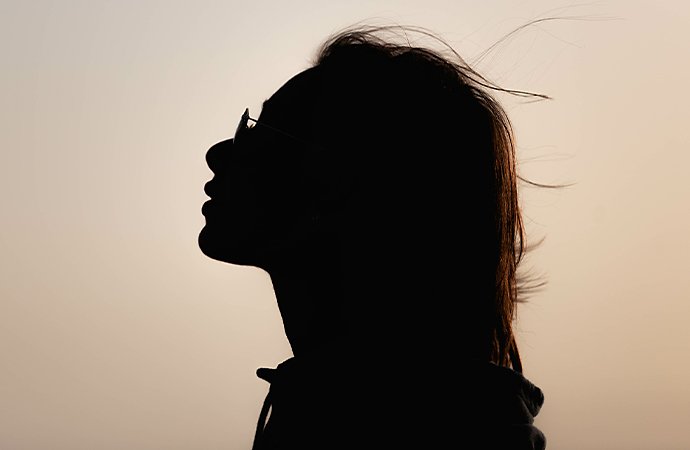
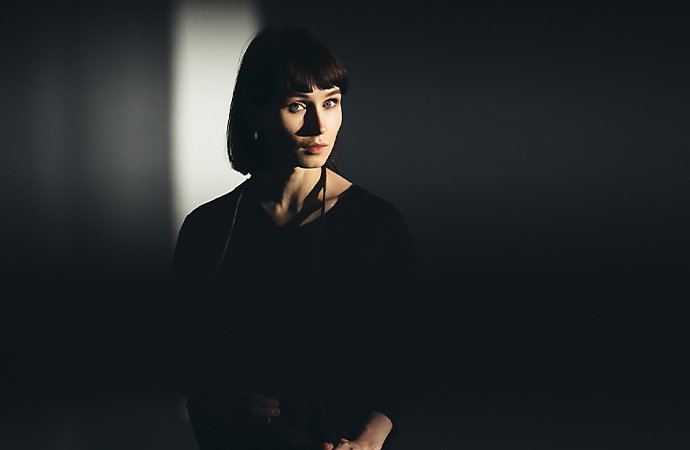
Partial silhouettes.
A partial silhouette shows one side of the subject with some light and the other side in darkness. A partial silhouette can suggest a certain amount of mystery or make it seem like a person is partially shrouded in darkness or emerging from shadows. While both perfect and partial silhouettes can benefit from post-production, partial silhouettes in particular need more help to achieve the desired effect.
Set up a silhouette photoshoot.
A great silhouette is unusual. It tries to capture something most photoshoots want to avoid: an area of complete darkness at the centre of the photo. Darkness is not something the camera settings of a DSLR are designed for. A digital camera’s preloaded settings want to expose everything evenly and will try to split the difference between a bright background and a dark subject.
“You’ll find yourself fighting the camera because it will try to bring up the shadows in the dark image data,” says photographer Jeff Carlson. “There’s a balance between what your intention is and what the camera thinks is a good photo.” Because of this, you’ll almost always want to shoot in manual mode.
An easy way to “trick” your camera into taking a silhouette photo is to expose it to a bright light source like the sky and then very quickly snap a picture of your subject. “You want to expose your camera for the sky,” says Budd. “Since the subject will be backlit, they’ll be dark.”
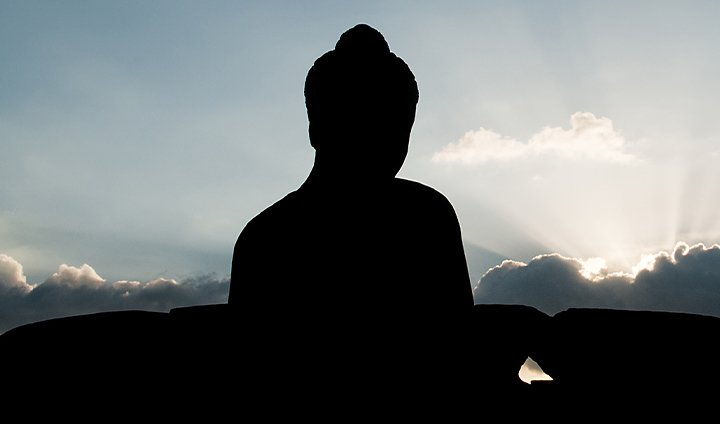
Another way to make the subject darker is to increase shutter speed. The longer a camera’s shutter is open, the more light gets in. With a faster shutter speed, a camera can let in light from a bright source like a blue sky, sunset or studio lighting. But it won’t have the opportunity to let in the lesser amount of light on the backlit subject. The background will be bright and visible and the subject will be in silhouette.
Post-processing for silhouette photography.
Sometimes the best way to get an image of a perfectly dark silhouette and bright background is to combine two images or to correct an image in post-production. Bracketing in photography refers to taking several pictures of the same subject with different camera settings. With silhouette photography, combining different images of the background and subject can yield the bright background and dark subject you’re looking for.
Still, even a properly exposed silhouette can look murky or blurred around the edges. “The image can be ruined if the highlights are all blown out,” says Budd. You’ll often need to touch up a few things, especially around the edges of the silhouette. “Yes, we all want to shoot everything perfect in camera, but Adobe is in business because we don’t,” says Carlson. “Especially with silhouettes.” Combine images or blacking out subjects so they look more properly silhouetted.
Even if you don’t change anything, though, it’s important to double-check.
“Your silhouette may not be dark enough. On your screen it may look dark, but if your screen isn’t calibrated right, it won’t be this nice, iconic picture of a person,” says Carlson. “It helps to look at the histogram and make sure those blacks are really black.” Don’t just trust your eyes. When you need something to be entirely black, look at the data in Adobe Photoshop Lightroom or Photoshop and see how it will show up on different screens or in physical media.
Creating iconic images with silhouettes.
Silhouettes are evocative. They’re intriguing and can be a good way to put human figures in a landscape shot while still emphasising the setting, rather than human figure. If you take a photo of a major landmark and want to show people in relation to it, a shot of silhouetted figures instead of fully lit figures can give a sense of human scale and provide a blank space for viewers to place themselves.
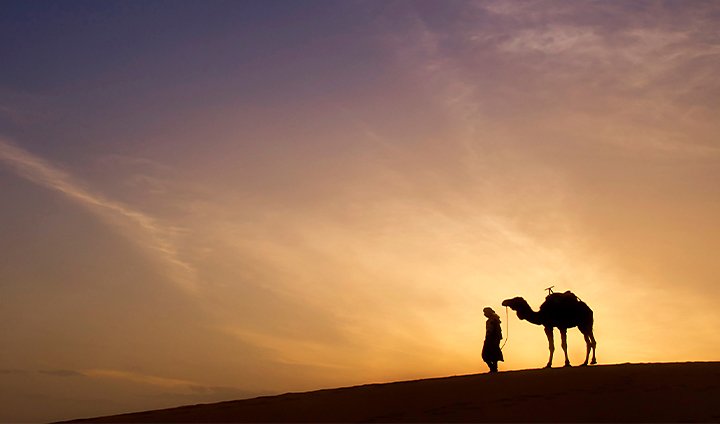
Silhouettes can also be the basis for other images and dramatic photographic art. “I think silhouettes are beautiful and mysterious,” says Budd. “You can make really cool double exposures out of them.” A silhouette, after all, is a blank canvas and can invite a viewer or artist to imagine things upon it. Done right, it’s far more than just mere darkness.
Contributors
Do more with Adobe Photoshop Lightroom.
Edit photos easily with Lightroom presets, Super Resolution, easily share photos from any device and access your projects anywhere with cloud photo storage management.
You might also be interested in…
The world of double exposure photography.
Explore double exposure photography and learn how to create one yourself.
Creating great portrait photography.
Take a step closer to perfect portraits with tips and advice from professional photographers.
A good headshot tells a story. Here’s what you need to know to hone your skill in this field.
The art of still life photography
Improve your composition skills by learning the art of still life photography.
Get Photoshop Lightroom.
Edit, organise, store and share photos from anywhere.
7 days free, then KD 2.900/mo.
